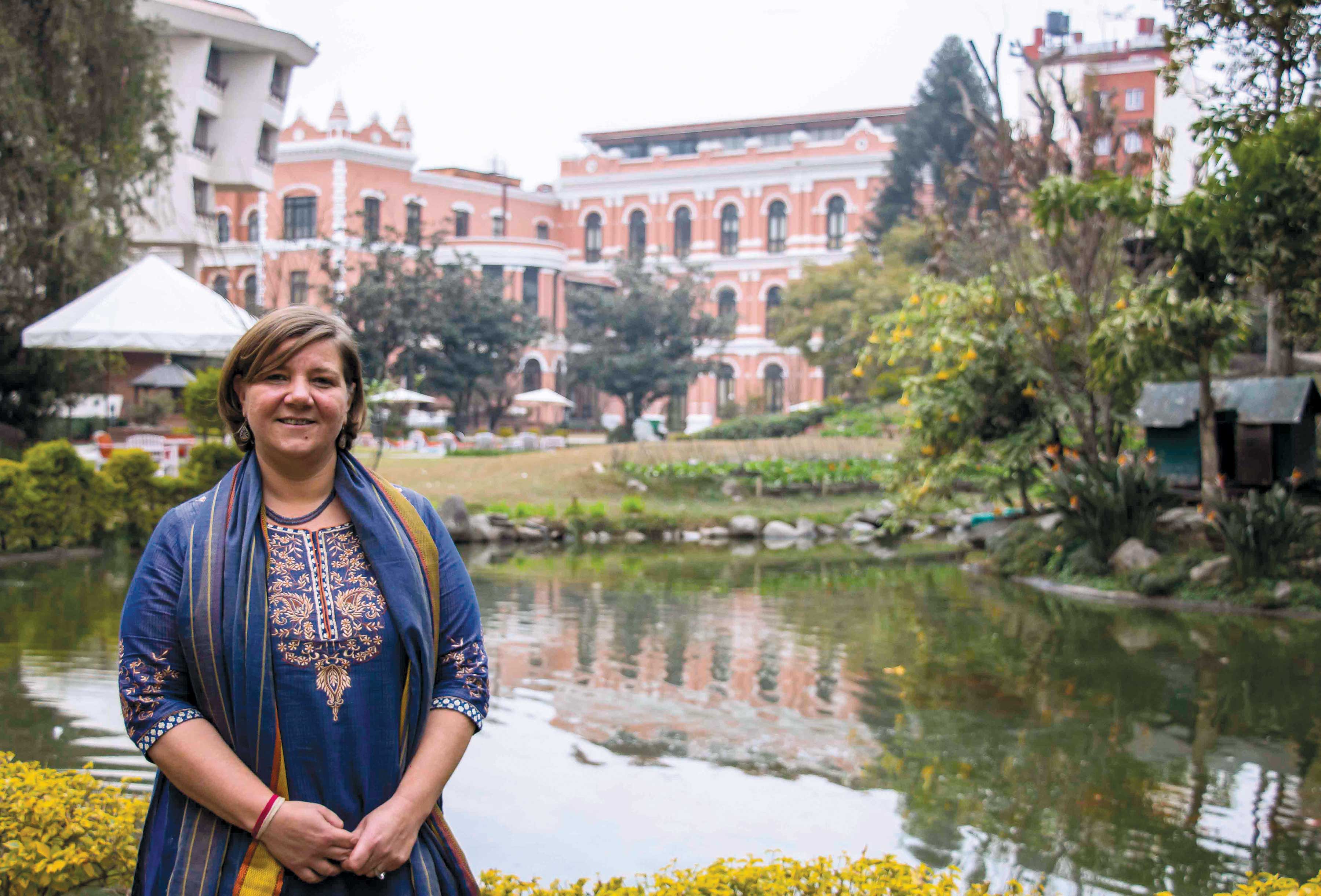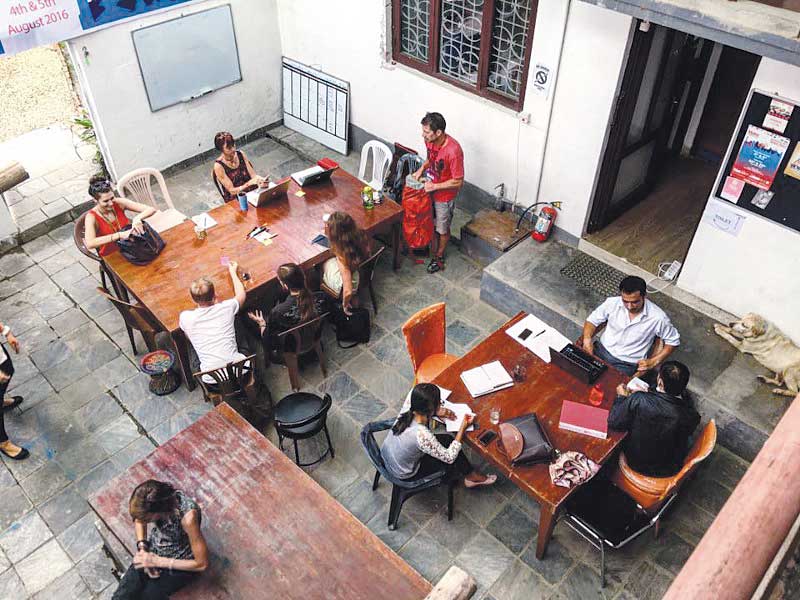The Master Plan for the Conservation of the Cultural Heritage in the Kathmandu Valley of 1977 recommended the designation of Patan Durbar Square as a World Heritage Site Monument Zone because the square was found to be “outstanding among its peers in the Kathmandu Valley and ranks with the best existing historic urban spaces in the world.”
A Monument Zone (MZ) is “a defined topographical area rich in individual monuments … and of special value because of its interest from any or several of the following points of view: scientific, cultural, aesthetic, archaeological, historical, anthropological, and ethnological. A MZ may also be characterized by such qualities as homogeneity of building type, remarkable settlement pattern and/or setting in the landscape.”
Patan Durbar Square is one of the seven MZs that go to make the Kathmandu Valley a World Heritage Site as inscribed in 1979. In 1985, Eduard F Sekler prepared a Technical Report on Patan Durbar Square wherein specific recommendations were made to enhance conservation efforts and to save this historical site of universal value from being destroyed. However, in 2003, all seven MZs were put into the endangered list of UNESCO World Heritage Sites because of the ill effects of rampant and unplanned urbanization. Fortunately, recognizing national and international efforts at better conservation, they were removed from the in-danger list in 2007.
In the photo here, one can see how the newer buildings in the background are completely at odds with the dramatic skyline created by the fascinating diversity of ancient temples in the square. This is precisely what UNESCO was warning against and this is what we have to be aware of, that such wonderful sites, legacy of better times, do not fall victim to the commercial temptations of the modern world or the inaptitude of corrupt and short sighted governing authorities.
Tired of the three Durbar Squares?
As Nepalese, we are all too familiar with the squares of Kathmandu, Bhaktapur and Patan whether it’s a...










